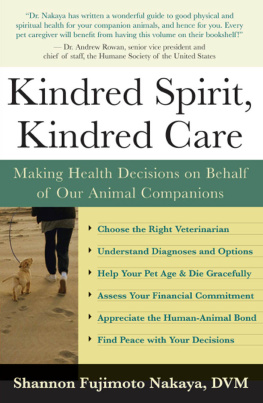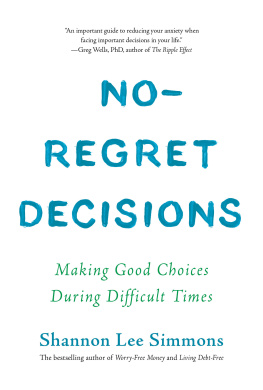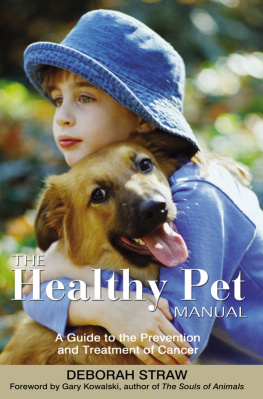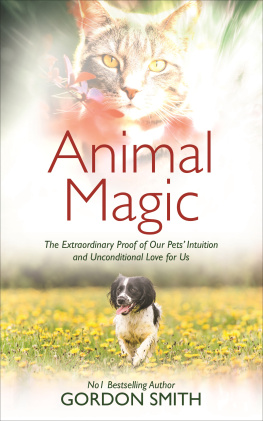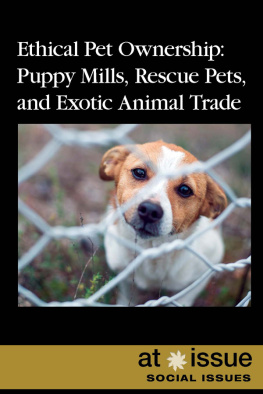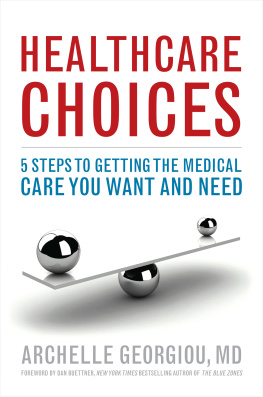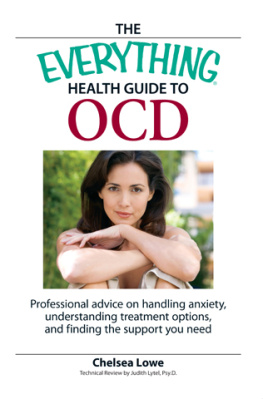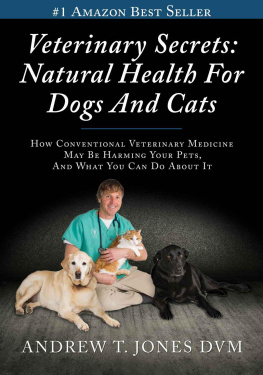Kindred Spirit,
Kindred Care
Kindred Spirit,
Kindred Care
Making Health Decisions on Behalf
of Our Animal Companions
Shannon Fujimoto Nakaya, DVM

New World Library
Novato, California

Copyright 2005 by Shannon Fujimoto Nakaya
All rights reserved. This book may not be reproduced in whole or in part, stored in a retrieval system, or transmitted in any form or by any means electronic, mechanical, or other without written permission from the publisher, except by a reviewer, who may quote brief passages in a review.
This book is not a veterinary medical text, nor a substitute for veterinary care. Case examples are based on the authors experience in veterinary clinics; however, every effort has been made to protect the identity and privacy of patients and clients, except in a few cases where permission for the reference has been obtained.
Interior design by Tona Pearce Myers
Library of Congress Cataloging-in-Publication Data
Nakaya, Shannon Fujimoto.
Kindred spirit, kindred care : making health decisions on behalf of our animal companions / Shannon Fujimoto Nakaya.
p. cm.
Includes bibliographical references and index.
ISBN 1-57731-507-3 (pbk. : alk. paper)
1. Pets. 2. PetsHealth. I. Title.
SF413.N35 2005
636.088'7dc22
2005000880
First printing, June 2005
ISBN 1-57731-507-3
ISBN-13 978-157731-507-x


Distributed to the trade by Publishers Group West
10 9 8 7 6 5 4 3 2 1
For all the animals who enhance our lives
Contents
CHAPTER ONE
Honoring the Human-Animal Bond
CHAPTER TWO
Healthy Living and Graceful Aging
CHAPTER THREE
Choosing a Veterinarian
CHAPTER FOUR
Assessing the Patient
CHAPTER FIVE
Understanding the Diagnosis and the Options
CHAPTER SIX
Financial Commitments
CHAPTER SEVEN
The Spiritual Nature of Animals
CHAPTER EIGHT
Making a Decision
CHAPTER NINE
Managing Needs and Expectations
CHAPTER TEN
Graceful Exits
CHAPTER ELEVEN
Finding Peace
C aring for animals was not just a career choice, it was a calling. Besides healing my animal patients, I have long aspired to do something that would more broadly benefit animals and the humans who care about them. One day, as I reflected on how we make health care decisions on behalf of animals, I realized that the best decisions consider factors besides the patients medical needs. In the course of twenty years in various aspects of the veterinary profession, I have come across many unique situations and solutions. My purpose for writing this book is to guide people through the process of making the best choices for their animal companions.
Most people love their pets and want them to live long, happy, and healthy lives. As reality has it, however, even the best cared for and deeply loved pets are subject to illness, disease, and eventually death. It is when such events threaten that I hope I can really be of assistance to my patients and their humans. As a veterinarian, I help people make and carry out decisions about their pets based on their own values, resources, and spiritual beliefs.
For those of you who cant believe how much you love your dog or cat or your bird or horse or iguana or hamster or whatever other animal you happened to connect with and that happened to connect with you this process will help make the most difficult decisions a little bit easier. Even though it will still be hard on your feeling-self, your thinking-self will know that you are doing the best you can for your loved one.
If you are lucky, you will have to make very few difficult decisions on behalf of your animal companion because he or she will be healthy, live a long life, and then pass away peacefully in his or her sleep. Indeed, an entire chapter is devoted to aging gracefully and the ways that we can increase the odds of this happening for our animal friends. It is also about paying attention to our pet companions as they proceed through their lives. Animals can teach humans many lessons about aging gracefully. Most have fewer hang-ups about the process, or worries about the future, than we do. They enjoy what each day has to offer. If we can respect and learn from that attitude, the quality of all of our lives might improve.
Nevertheless, most of us will at some point be challenged to make decisions of some sort about our pets health care. These decisions have become much more complex than they were ten or even five years ago because of the increasing variety of options in veterinary health care today. Where there used to be a local veterinarian who took care of everything, there are now numerous specialists for different animals and different types of illnesses. Technology has expanded to include ultrasound, computer tomography (CT or "CAT scan"), magnetic resonance imaging (MRI), nuclear medicine, radiation therapy, chemotherapy, carts and wheelchairs, artificial limbs and joints, dialysis, transplants, pacemakers, hydrotherapy, acupuncture, herbal treatments, and dozens upon dozens of other ways of diagnosing problems and prolonging life. However, rather than survey the ever-expanding multitude of care options, this book will guide you in the best way to make choices no matter what the options are.
Moreover, like humans, animals are living longer, challenging us to redefine old. When I first started working as a veterinarian, my bosss fourteen-year-old Labrador retriever suddenly collapsed one day with a very painful abdomen. An ultrasound revealed a fluid-filled liver mass, and with much disquiet, a surgeon was called in to explore the dogs abdomen. An abscessed liver lobe was removed and the patient recovered and lived for three more years. The challenge that day was whether to risk surgery, which might not have been successful, or to accept that this illness was the end of fourteen good years of life. No one wants a pets life to end as a failed medical procedure. But if we succumb to preconceptions about age or refrain from offering patients the best care options because they are old, it may shortchange them and ourselves the gift of life. Age should be a consideration, but it is not a diagnosis or a disease.
Some of you may choose not to pursue certain medical procedures, whether for philosophical, financial, or other reasons. If you were my client, however, I would present you with options, the likely outcomes, and the possible complications. Why shouldnt the person who lives with, cares for, and most understands and loves an animal be fully informed and participate in deciding its fate? Another chapter in this book is devoted to choosing a veterinarian whose views about pets and health care parallel your own. Most veterinarians want to heal animals, but their approaches, styles, and standards of excellence can vary tremendously. It is easier for you, your pet, and your veterinarian if you share similar goals and philosophies in regard to life and health care. Your veterinarian can guide you, carry out diagnostics, and prescribe treatments, but part of your responsibility as your pets caregiver is to make the decisions that will affect the quantity and quality of that individual pets life.

